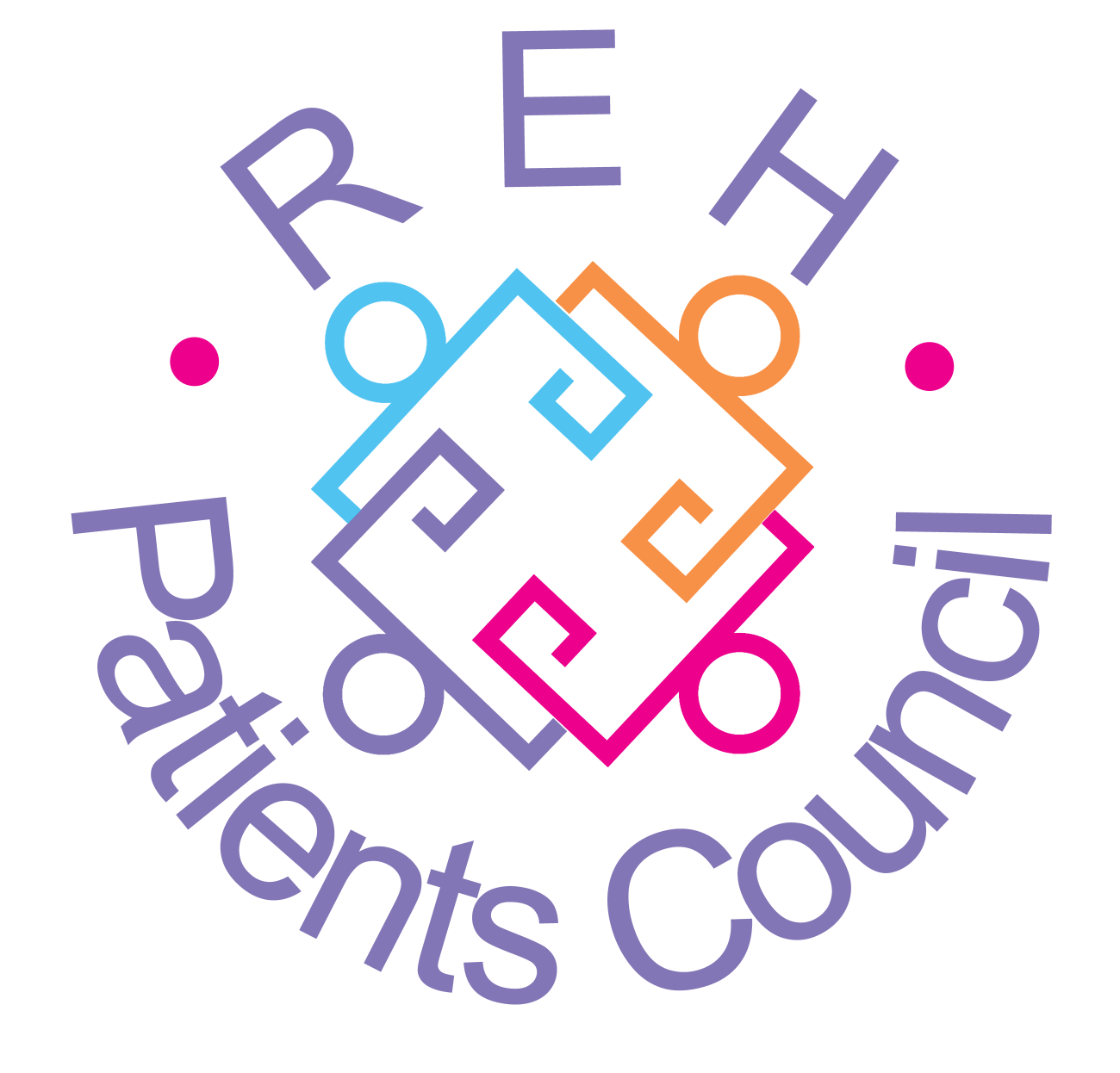In the rehab wards we introduced our new Stories worker, Katherine, to the groups and were fascinated to learn how many people had written stories, poems and even had whole film scripts stored in their bottom drawers. We hope lots of these lovers of the written and spoken word will work with Katherine to help produce our third edition of Stories of Changing Lives; we also discussed the sorts of things that thwart creativity and how to overcome these obstacles. People who prefer photography, film-making or social history will also have a chance to contribute their lived experience to the project – contact Katherine for details.
At the Firrhill house out in Oxgangs, it was great to hear from a resident who may be the first to move on from this new joint NHS/Carr Gomm/Penumbra type of community rehab. The indications are that each of the four new localities in Edinburgh might develop similar types of service, so we are glad that the new model seems to be working for patients. In the other Rehab wards, members of groups talked about the type of social issues that had caused community placements to break down in the past: often people had been exploited by others or had got into difficulties with drug use. We discussed how the new model of rehab could address these types of problems. Many group members feel that they’ve been in hospital too long and we debated the idea of a right to a community life and how to realise this.
In the acute wards, smoking remains a problem, both for non-smokers and those trying to quit, but also for those smokers who have not chosen to be in hospital nor wish to give up smoking. The idea of reintroducing smoking rooms is still raised at many meetings; the current direction of travel in policy seems to be moving firmly in the opposite direction.
Another common complaint in the acute wards was of delayed discharge due to a lack of suitable accommodation in the community. The hospital management are fully aware of this problem and now have dedicated staff coordinating between the hospital and community in the hope that people can move on as soon as possible.
In CAMHS, young people came up with some innovative ideas about how patients could personalise their bedrooms during their stay. They wondered if new technology and new types of display panels could allow patients to change the colour of their walls or project soothing images. It highlighted the importance of the environment on how therapeutic or not people find their hospital stay. It’s too late to incorporate these ideas into the new hospital building, but we’re hoping that when patients move in over early summer they see a big improvement in the therapeutic environment. The Patients Council will certainly be around to listen to the patient experience and feed this back to the people who need to hear it.

